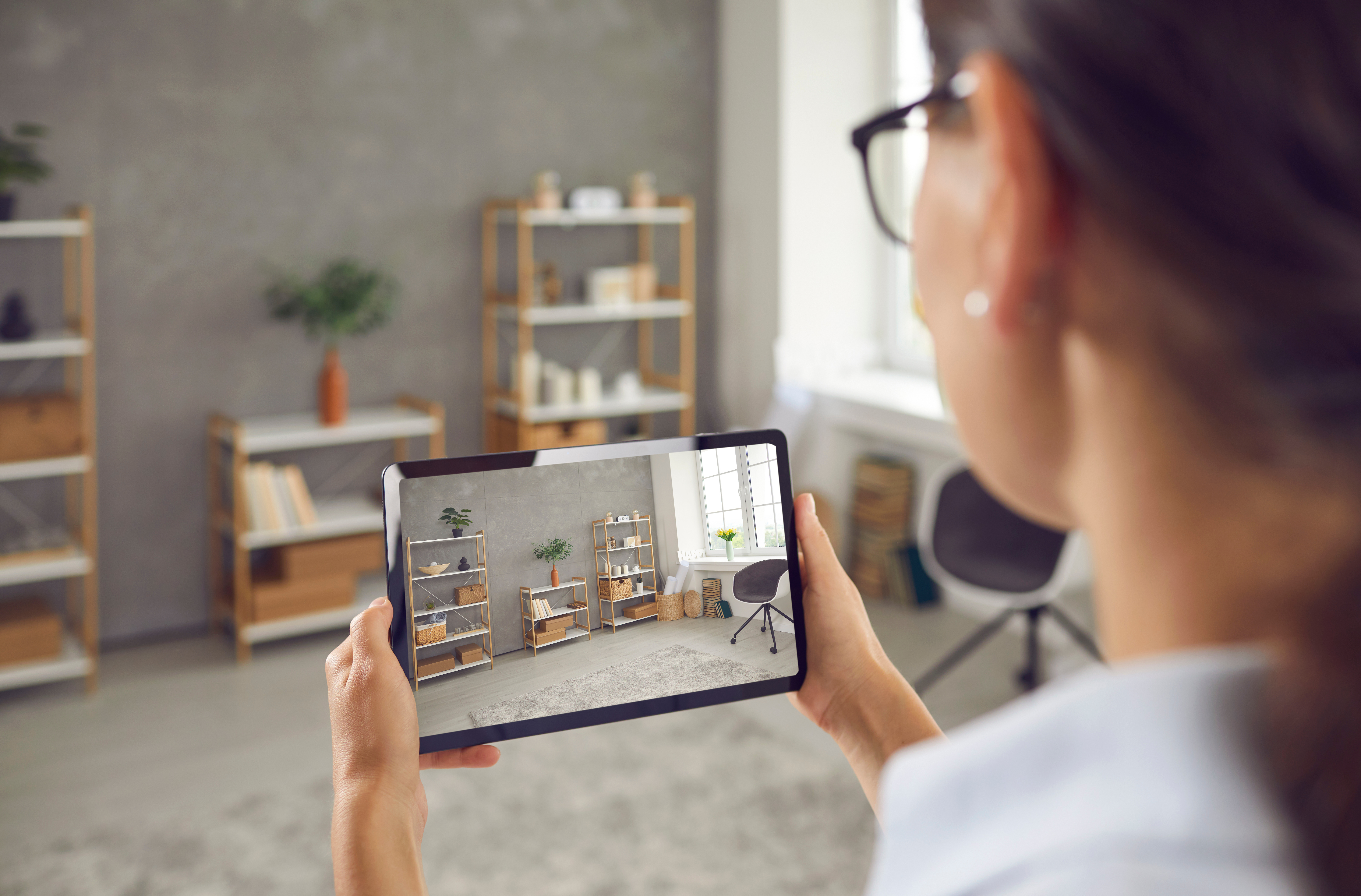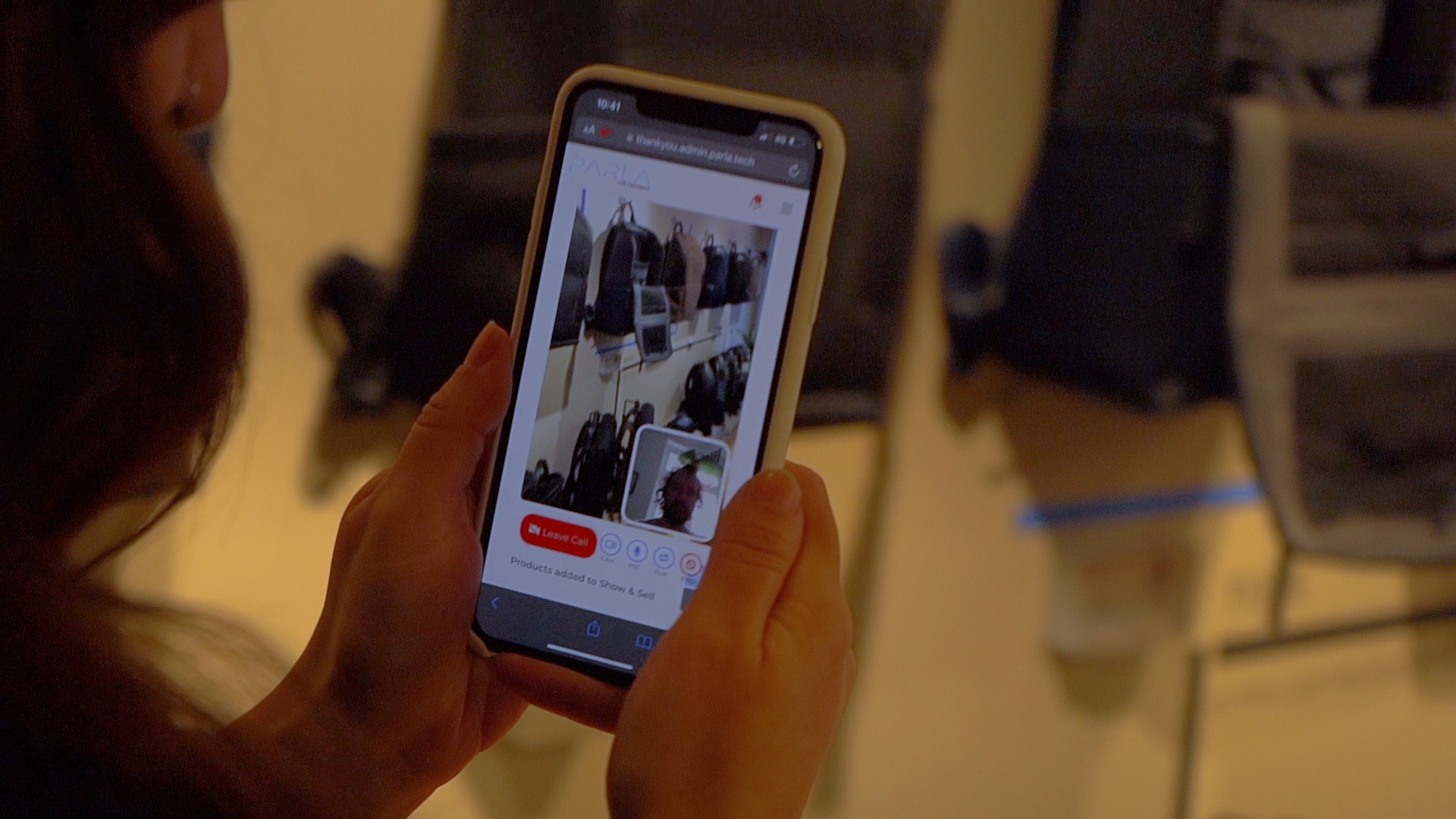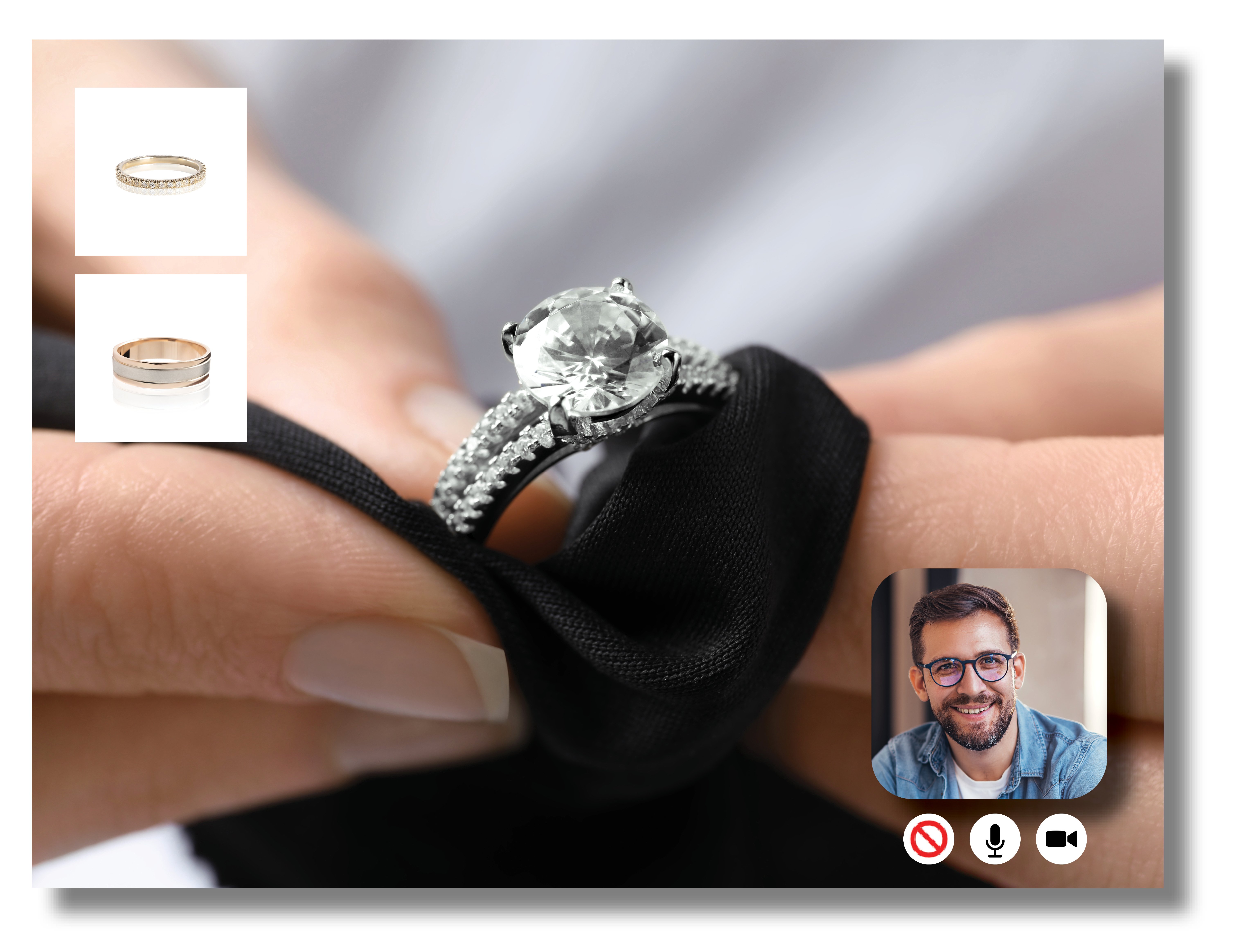At Shoptalk’s 2022 retail shows in Las Vegas and London, the breadth of the agenda was extensive, covering everything from new shopping habits and technologies, to augmented reality and the metaverse. But there was a common thread weaving many of these discussions together, both on stage and in conversations among delegates on the trade show floor: brands need to integrate live commerce into their sales strategy. And they need to do it now…
- In China, live commerce is expected to be worth $600 billion in 2023 and 19.4% of retail e-commerce sales, up from 3.5% in 2020.
- In the US, it is estimated to reach $26 billion in 2023, up from $11 billion in 2021.
Live commerce has been mostly associated with shoppable video events, where the brand’s host or presenter broadcasts to a wide audience (one-to-many). Viewers can then purchase items during the event (imagine watching the home shopping channel through a website). But, it can also be used in a one-to-one sales environment.
The 24/7 store – Live commerce for 1-to-1
Many luxury and lifestyle brands with loyal, digitally-native audiences are now looking at ways to expand how they interact with these customers on a more individual and personal level. They want to bring customers into new, human-led shopping environments that feel like physical stores. Or - as many of us were calling it in Vegas - 24/7 stores.
This plays out in two ways. Firstly, it’s surprising how many online direct-to-consumer brands rely on the telephone as the only way for a customer to speak to a sales associate in person, in real time. Repurposing the role of those associates by offering customers the option of video chat (rather than phone) makes for more enriching, engaging and profitable interactions for both customer and brand. With a video call, sales associates can show inventory to customers and make product suggestions, helping to drive higher average order values.
Secondly, by editing a recorded live streaming video (of one-to-many) into a series of shorter videos to place on your website, you can engage your customers 24 hours a day (on a one-to-one level). For example, at Shoptalk, we spoke to a brand that sells baby products - they get their biggest traffic during the night when parents with young babies are awake. Repurposing a recorded 30-minute live streaming video that encompassed everything from strollers to feeding to baby clothes into bitesize videos and placing them on the relevant product pages, allows the brand to engage with their customers whatever time of day. Having the original live streaming host introduce each segment makes it feel like a real-time conversation - which is particularly helpful for brands that operate in one time zone and don’t have global resources. That human connection helps to increase retention, page views and time on the site.
The benefits: high conversion, low return rates
A key benefit of live commerce is higher conversion rates, and it’s largely driven by human connection. Companies that use live commerce see conversion rates of up to 30% - 10 times higher than the average in ecommerce, according to McKinsey. By having a real person engage with your customers via video, they become much more informed about your product. Compare that experience with a regular website: flat images, information limited to product descriptions, no two-way, real-time, face-to-face conversation. With higher conversion comes higher spending - and more frequently. According to consumer market research group Coresight Research, returns are 50% lower when items are bought in a livestream.
So how can you add or expand live commerce into your sales strategy?
STEP 1: make your sales associates your influencers
Many brands think that to do live streaming to groups of people - for example, on Instagram Live - they need an influencer in order to draw on that person's audience and experience of being in front of the camera. But many influencers don’t live and breathe your brand like your teams do. In fact, we find that a brand’s sales associates perform better at converting live streaming into sales. It’s not difficult to see why: they know your brand, product, customers - they know how to sell. This knowledge and talent is particularly useful for one-to-one live selling, so create a structure within your business that includes dedicated individuals to be your live commerce ambassadors. It’s important to define the roles and responsibilities so that not every sales associate is expected to take on every sales channel. By giving individuals the responsibility of live selling, they become experts - and far bigger assets than influencers.
STEP 2: if at first you don’t succeed, try try again
But brands need to embrace trial and error. You may not be proficient at live commerce straight away: be prepared to do it over and over again, to tweak, to work towards getting it right. The way to do that is to learn to read the cues. At Parla, we collect data and give feedback in real time for both one-to-one and one-to-many selling. How many people are on the live call? What are they looking at? What are they commenting on? How can you respond? Many brands tell us that they tried live streaming and failed - and then don’t try it again. But, as with anything in life, practice makes perfect.
STEP 3: use your own channels
A big takeaway from Shoptalk was the misconception that social media is the best channel for live selling. The message was clear: don’t disperse your customers across social channels. Use your website to host and broadcast live streaming events, and use recorded content (as discussed under 24/7 stores) to engage with your customers on a one-to-one basis. Perhaps Instagram is a great place to alert customers and drive traffic to a live event - but not necessarily to make a sale (at present, Instagram’s checkout process isn’t seamless; customers can’t move back and forth between a live event and their shopping cart). Better to control your strategy - and maximise sales - by making your website your world.



